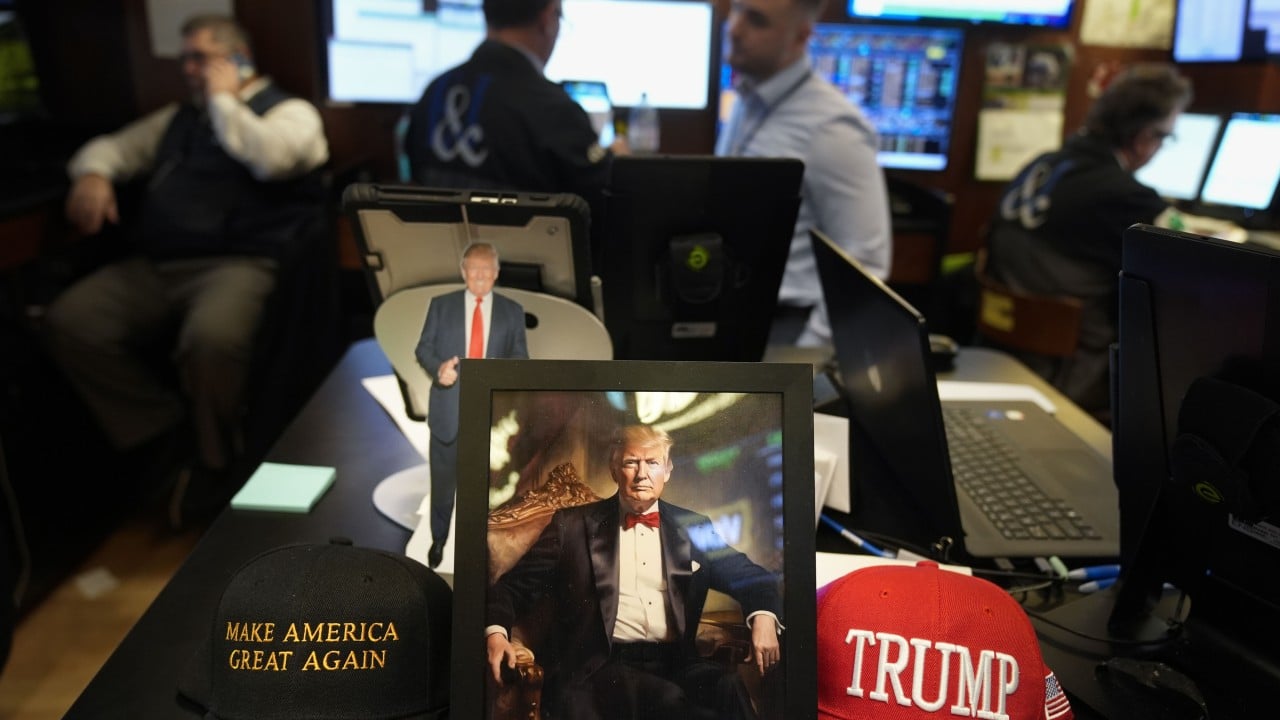Hours after US President Donald Trump delivered his inaugural address on January 20, financial market analysts rushed out reports that said investors should steel themselves for a roller-coaster ride. While Trump’s capriciousness is well known, his ability to constantly catch his audience off guard is extraordinary.
Advertisement
No sooner did Trump indicate he would refrain from immediately imposing new trade tariffs on other countries than he announced he would slap levies of 25 per cent on Canada and Mexico as soon as February 1. The impulsiveness and unpredictability that defined Trump’s first term in office will be just as prevalent, and perhaps more, in his second term.
What will make the roller-coaster ride even more volatile are the glaring contradictions in Trump’s economic agenda. On one hand, there are pledges to lower inflation and weaken the US dollar to stimulate exports and help narrow the trade deficit. On the other, there are promises to cut taxes, deregulate the economy, raise tariffs sharply and crack down on immigration.
Brimming with confidence after his election victory, Trump is convinced he can have his cake and eat it. Yet nationalism and protectionism make it much more difficult to bring down prices, reform public finances, boost innovation and improve US competitiveness.
JPMorgan said the Trump administration is “stretched between two competing economic objectives: a growth-supportive shift to relieve business tax and regulatory burdens alongside a less constructive shift to reduce US engagement with the rest of the world in the flow of goods and immigrants”.
Advertisement
Moreover, disparate factions in Trump’s economic team accentuate and exacerbate tensions in policymaking. The Maga hardliners are staunchly anti-immigration and anti-free trade. Pragmatic Republicans, such as Trump’s treasury secretary nominee Scott Bessent, support the less extreme parts of “Trumponomics”.

